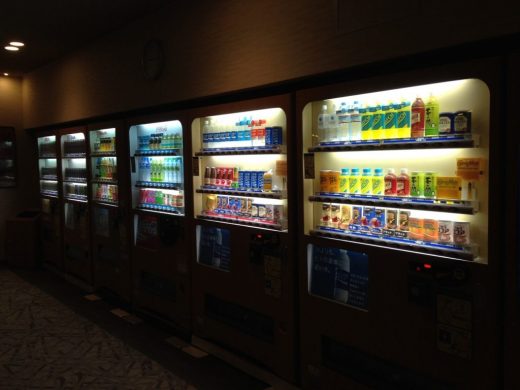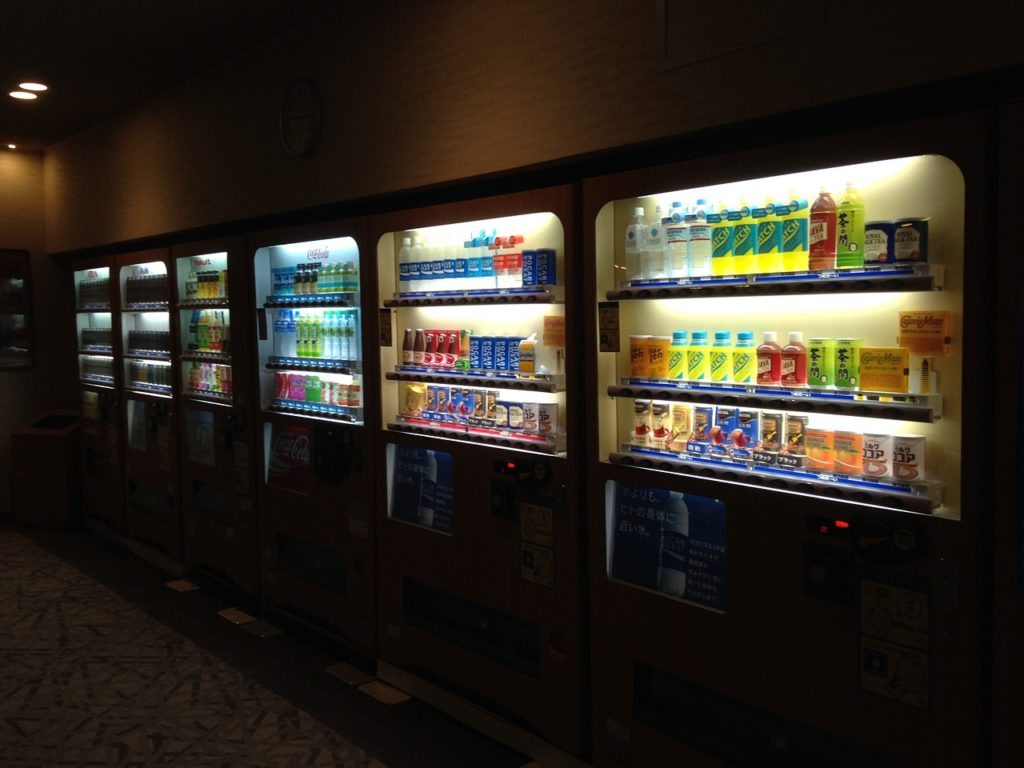IoT and vending machines: Connecting an already distributed network
IoT and vending machines: Connecting an already distributed network

Smart vending machines are an excellent example of how the “Internet of Things” (IoT) can affect business models and revenue flow.
The vending industry is going through a sea of change. The access to data that is generated by connected devices has changed the way companies can operate and the way in which they generate revenues. Constant connectivity allows companies to offer customers a product utility as a service, as seen in vending machines.
With user customization, improved security, smart payments and continuous monitoring of inventory and consumption patterns, opportunities for vending machines to dispense new products in more profitable ways, using a network of connected devices are limitless.
Traditional vending machines have evolved, since they were first introduced almost a century ago. Technology that includes more digital capabilities, has transformed them into smart, connected machines.
Case studies: Coke and SAP
For example, Coke owns 16 million IP addresses that are used for installations like Freestyle, its new generation of smart vending machines. Supplying the machines with network connectivity allows Coke to identify each individual machine, keep track of inventory, conduct real-time test marketing and monitor trends and drinking preferences, adjusting selections accordingly. Freestyle machines can be found in fast food locations across the U.S. and the U.K.
Another major player in the tech industry, SAP, has been developing a variety of platforms and solutions for wireless and wired machines. SAP’s Smart Vending solution offers brands the ability to interact with customers through access to real-time management dashboards and visualization tools, showing timely sales and maintenance information throughout the entire network and at each individual point of sale.
With this new twist on vending, companies can take advantage of new technologies to go beyond just delivering snacks to establishing an entirely new retail center. Smart vending machines can now be located in many public areas as well as company facilities, providing a plethora of goods and services, including computer accessories, tickets, meals and office supplies. Traditional vending machine owners will soon be left in the dust if they don’t take advantage of the growing IoT market.
Improving revenue and lowering costs
Traditional vending machine owners face several problems. For example, they endure considerable expenses and inconveniences in attempts to maintain, repair, and upgrade vending machines without a central administration system to perform these functions. Maintenance and support costs are elevated because on-site visits are usually needed in order to perform software upgrades, troubleshoot, and complete repairs. Furthermore, revenue is lost when a vending machine isn’t working, a situation worsened by it taking days to realize and fix the problem.
Another problem is being able to get the attention of younger customers who are often preoccupied with their smart phones and reliant on an always-connected environment. In an effort to appeal to this group, leading manufacturers, such as Pepsi, are developing their own highly intelligent vending machines, with other industry leaders following suit.
Gamification and geo-fencing are new frontiers
However, integrating new technologies like the cloud, gamification and geo-fencing is not simple, causing most vending machine manufacturers and operators to ask for help.
For example, embedded computer solutions firm ADLINK and chipmaker Intel have stepped in with smart solutions, enabling a new breed of connected, smart vending machines that offer lower operating costs and cloud connectivity. With these solutions, machine operators can diagnose and repair systems remotely, and receive real-time updates, such as supply and operating status, that can be used to optimize delivery schedules and improve inventory tracking and controls.
Use of the cloud also makes it easier to use promotional strategies to increase transaction sizes and sales volumes, such as vouchers, coupons, gifting, dynamic pricing and loyalty programs.
With so many IoT solutions and ideas, in an increasingly busier society, the future of smart vending machines looks very bright. One day soon, we may see entire shopping centers composed only of vending machines.
The post IoT and vending machines: Connecting an already distributed network appeared first on ReadWrite.
(92)



